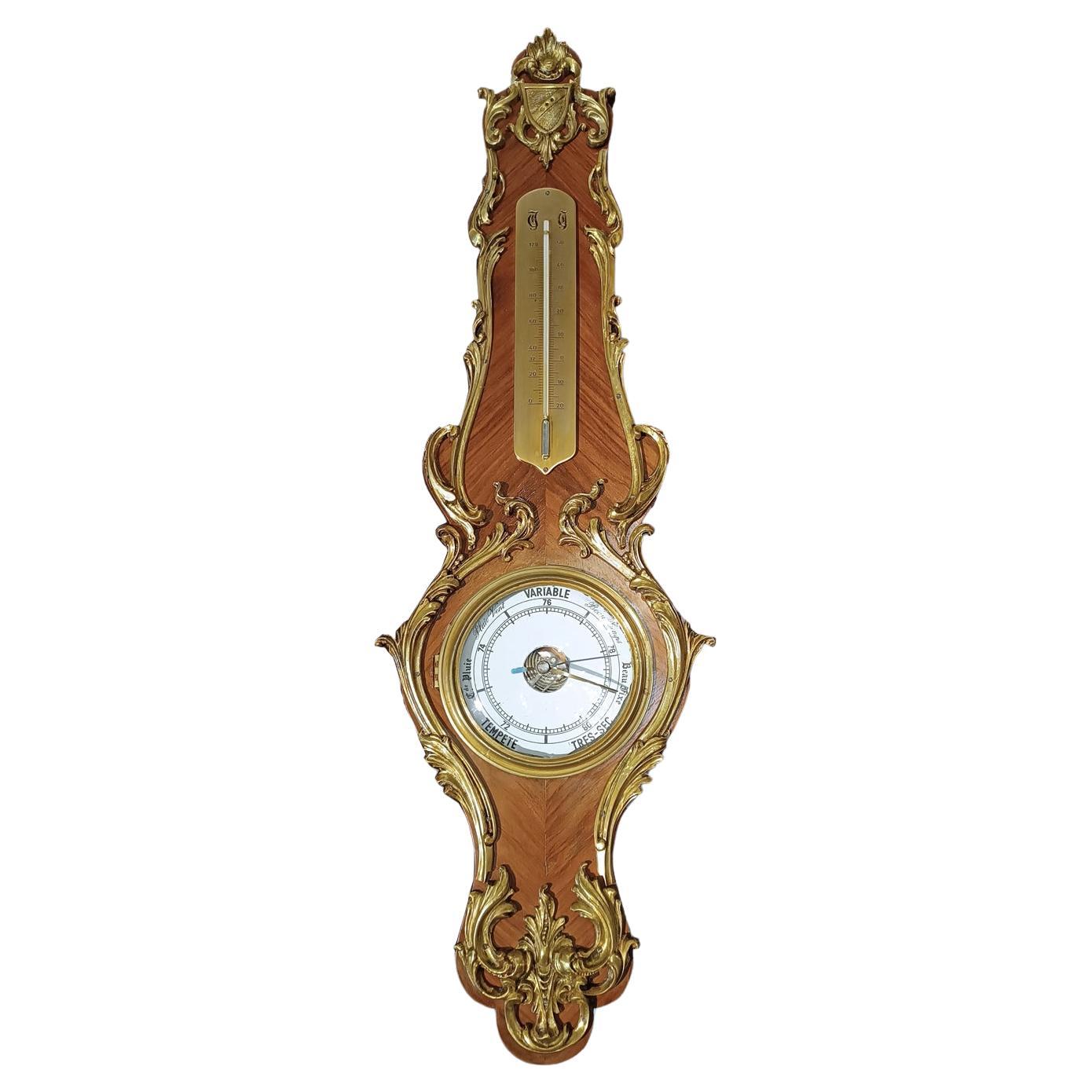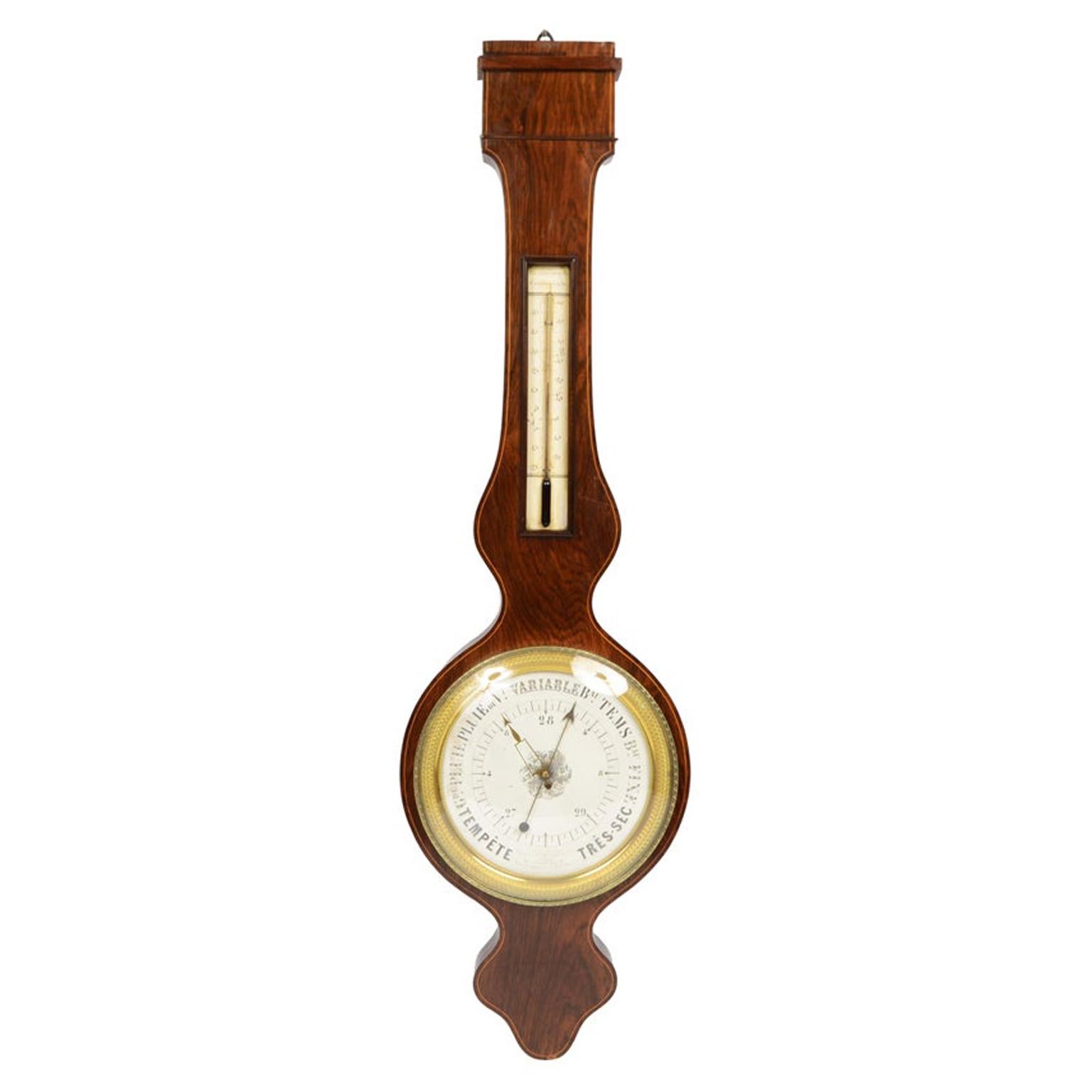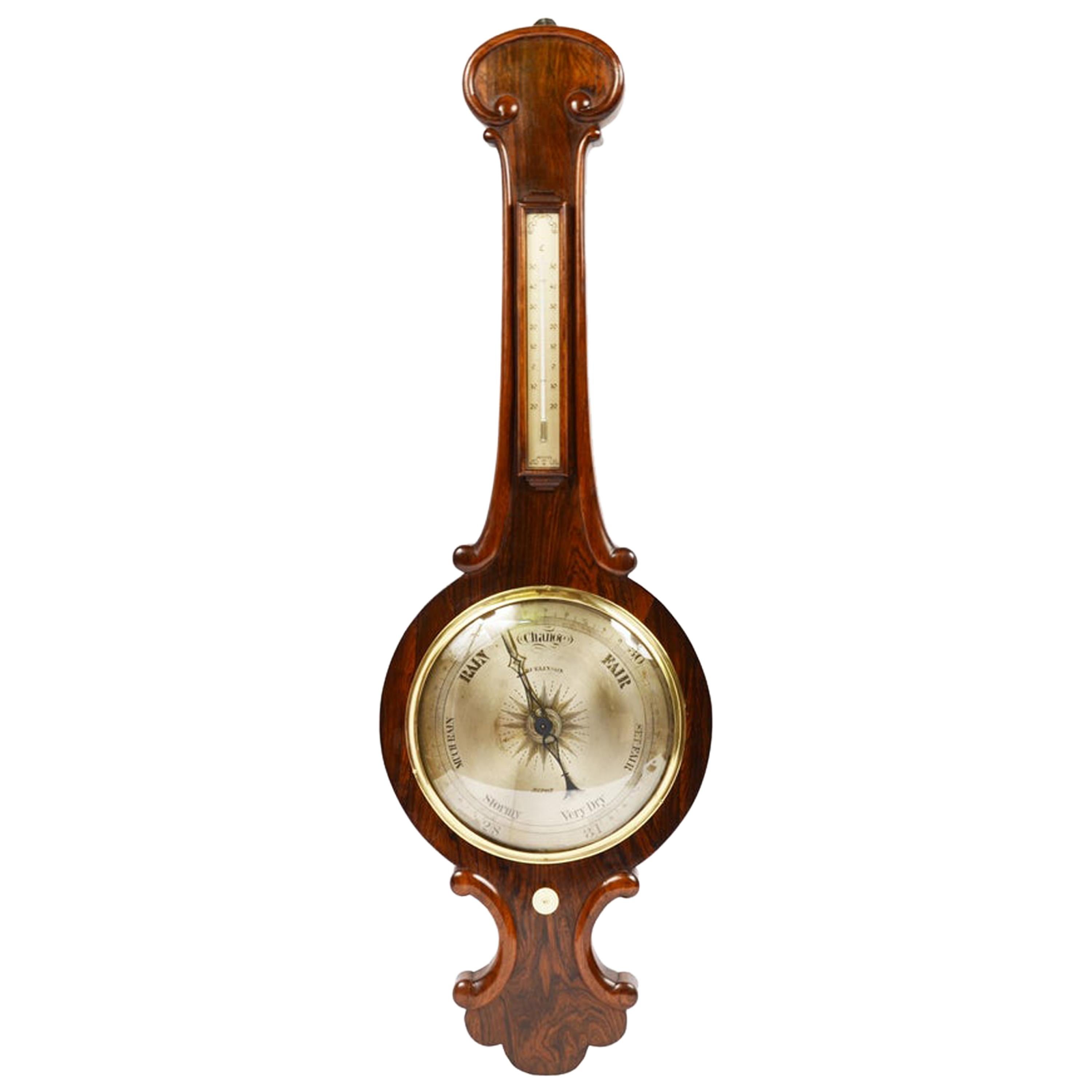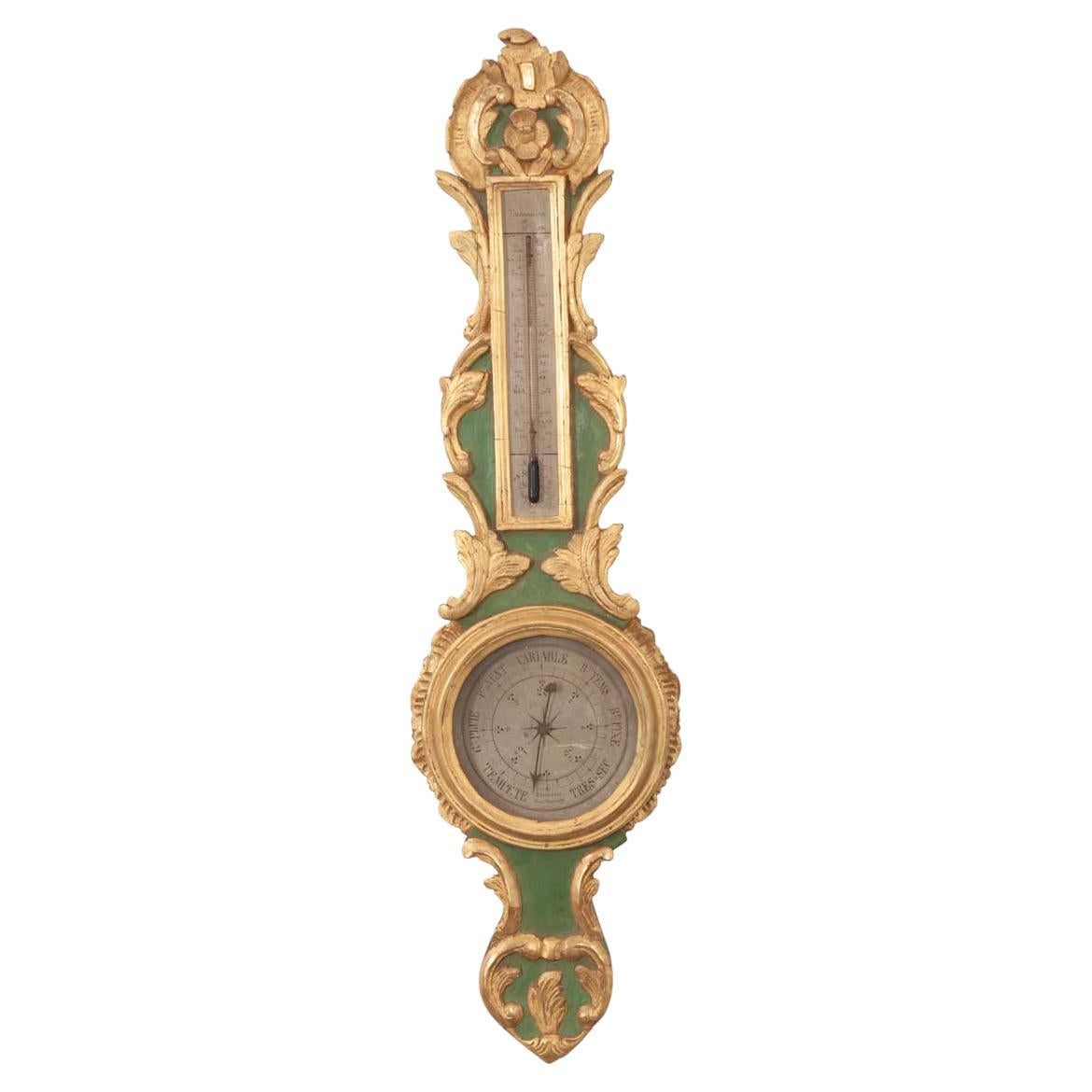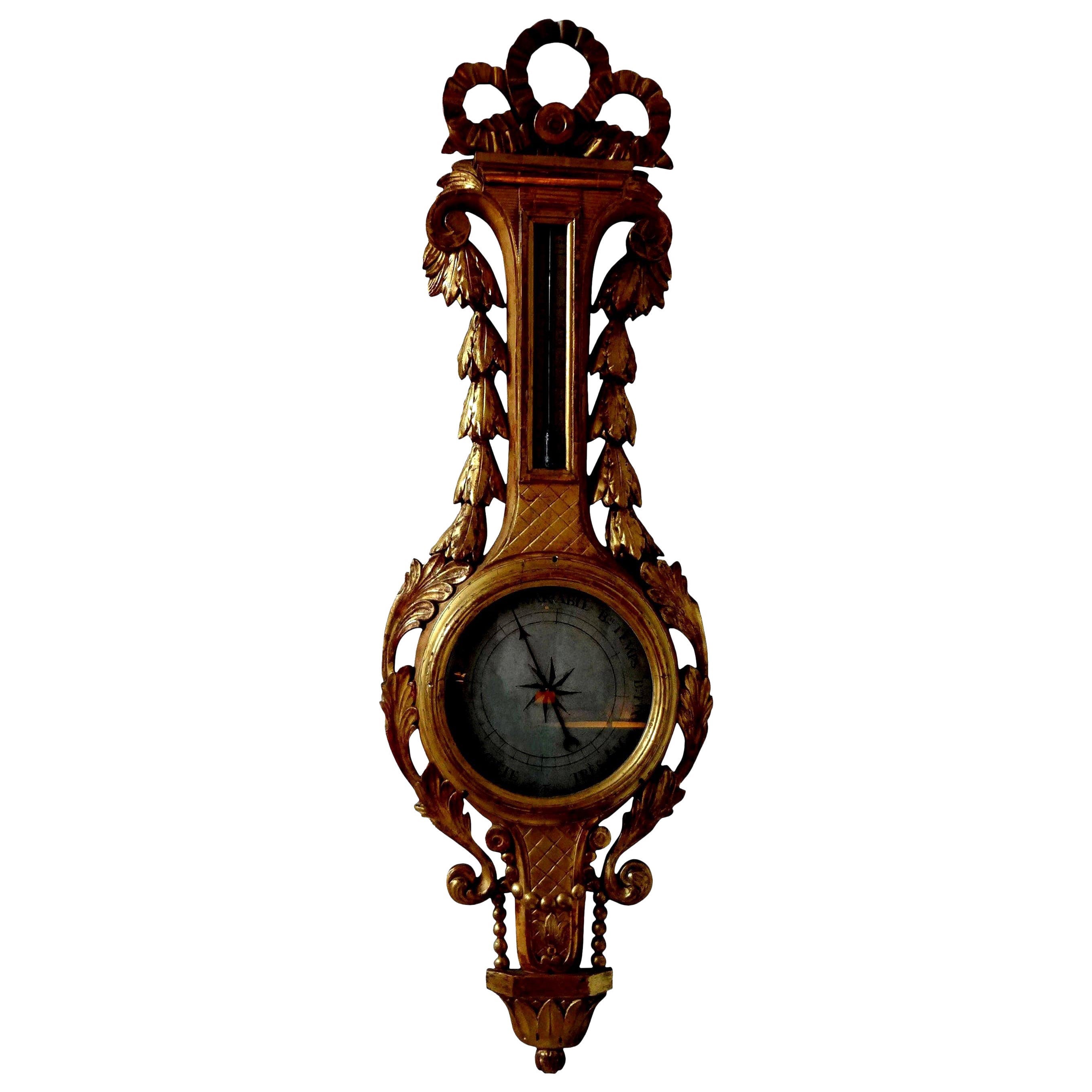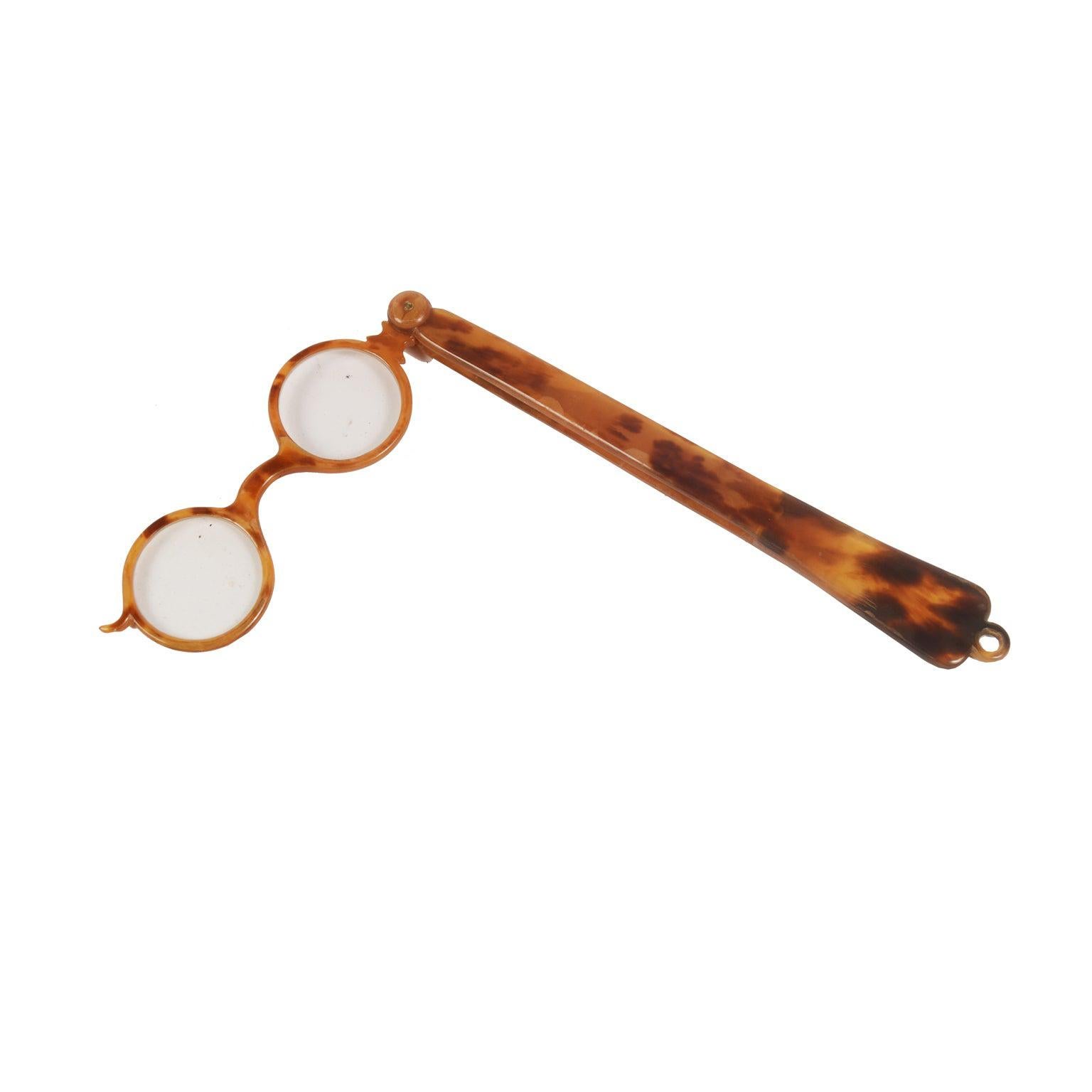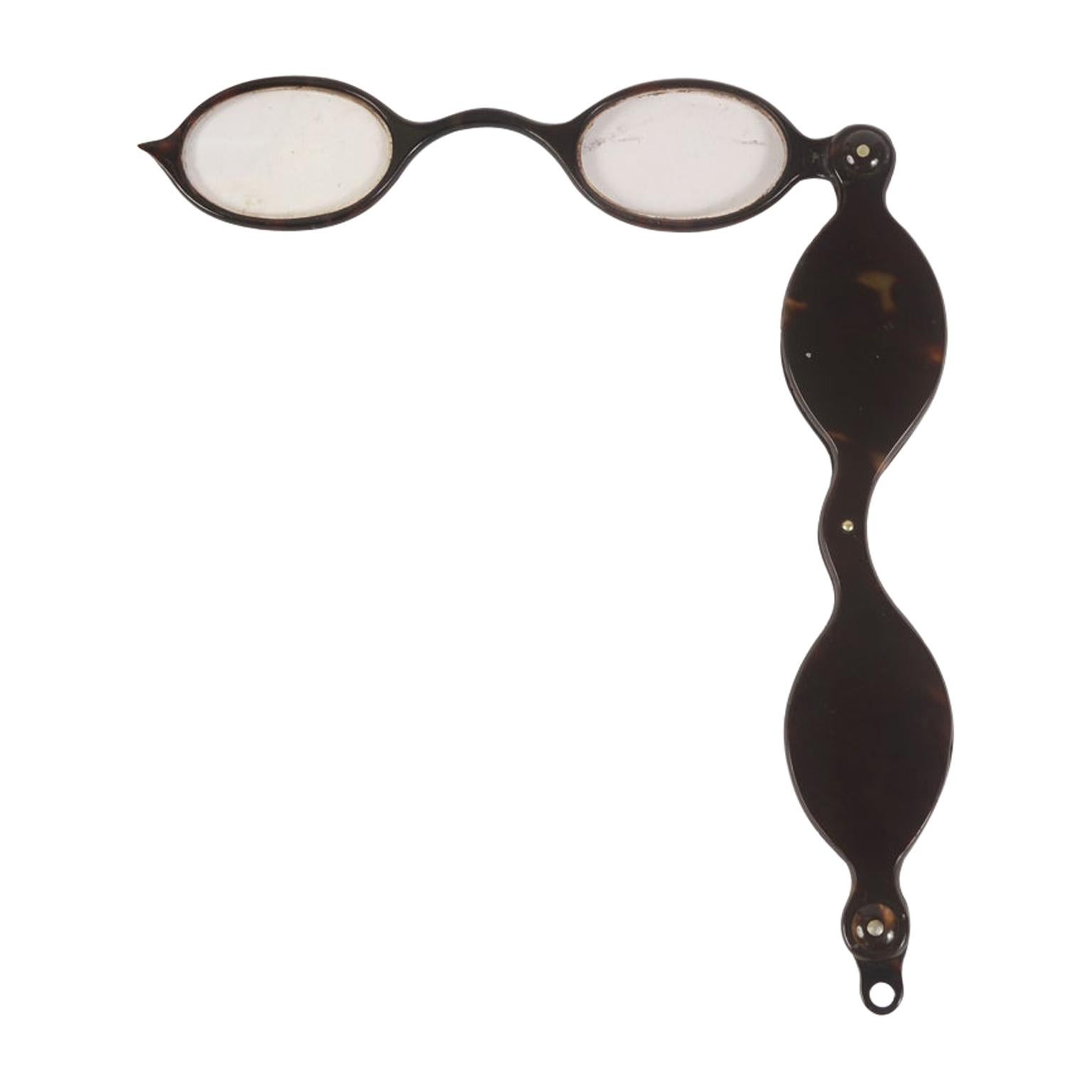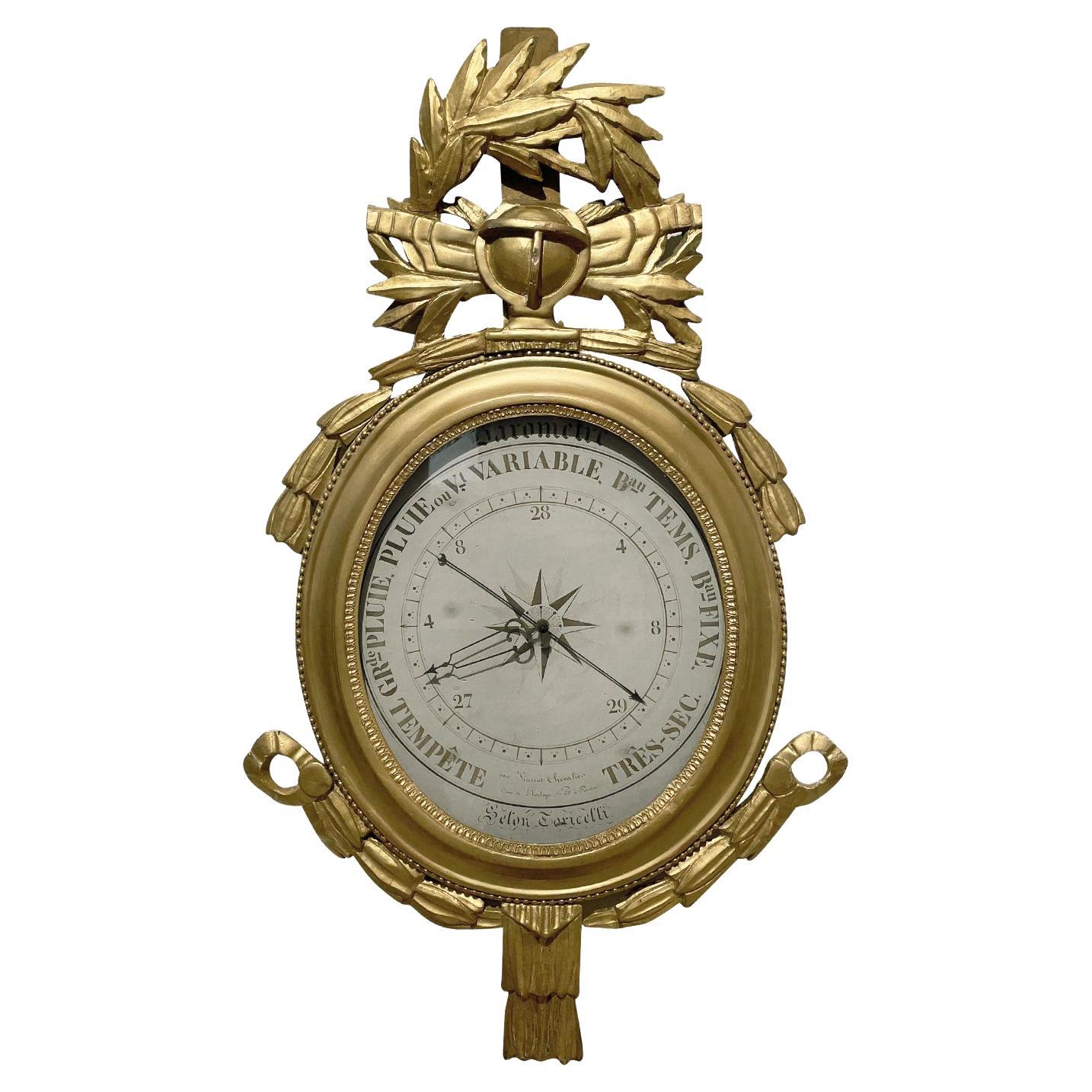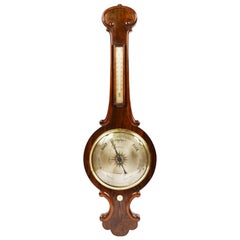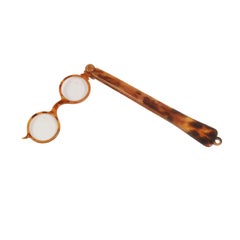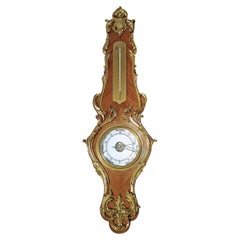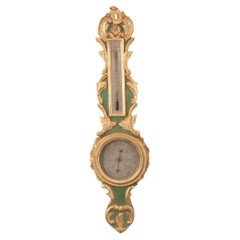
Barometer Made in France by Mon. Chevallie Second Half of the 19th Century
View Similar Items
Want more images or videos?
Request additional images or videos from the seller
1 of 21
Barometer Made in France by Mon. Chevallie Second Half of the 19th Century
About the Item
About the Seller
4.9
Platinum Seller
These expertly vetted sellers are 1stDibs' most experienced sellers and are rated highest by our customers.
Established in 1999
1stDibs seller since 2014
370 sales on 1stDibs
Typical response time: 1 hour
More From This SellerView All
- 19th Century Feench Barometer Antique Scientific Instrument Weather MisureLocated in Milan, ITWooden barometer with cedar wood trim at the edges, signed Caux Opticien Rue Rivoli près du Louvre Paris, mid-19th century; dial with the meteorological indications on paper printed ...Category
Antique 1850s French Scientific Instruments
MaterialsWood
- 19th Century Wooden Barometer Signed Burlinson Ripon Antique Instrument WeatherLocated in Milan, ITWooden barometer signed Burlinson Ripon made in the mid 19th century. Silver-plated brass dial engraved with weather indications and the name of the m...Category
Antique 1850s British Scientific Instruments
MaterialsWood
- Fassamano French Tortoise antique Eyeglasses second half 19th CenturyLocated in Milan, ITFassamano (from the French face-a-main) eyeglasses with handle that turns into a case shaped like the lenses; dark tortoise eyeglasses, oval lenses...Category
Antique 1860s French Scientific Instruments
MaterialsBakelite
- Fassamano French Tortoise Antique Eyeglasses Second Half 19th CenturyLocated in Milan, ITFassamano (from the French face-a-main) eyeglasses with handle that turns into a case shaped like the lenses; dark tortoise eyeglasses, oval lenses...Category
Antique 1860s French Scientific Instruments
MaterialsBakelite
- Print No. 1 of 400 Depicting a Nautical Schooner Made in the Mid-19th CenturyLocated in Milan, ITPrint depicting a schooner, no. 1 of 400 copies signed Z21, made in the mid-19th century. Non-coeval briarwood frame; measures with frame 50 x 40 cm.Category
Antique 1850s British Nautical Objects
MaterialsPaper
- 19th Century Mahogany Barometer F Somalvico Antique Weather Measuring InstrumentLocated in Milan, ITBarometer complete with clock signed F. Somalvico N ° 11 Brook Str. Holborn London datable between 1810 and 1820. Finely crafted mahogany wood case with cedar wood edges. Large silve...Category
Antique 1810s British Scientific Instruments
MaterialsMahogany
You May Also Like
- SECOND HALF OF THE 19th CENTURY NAPOLEON III'S BAROMETERLocated in Firenze, FIThis beautiful wall barometer with room thermometer is a highly valuable craftsmanship, attributable to French manufacture and dating back to the period of Napoleon III (approximatel...Category
Antique 1860s French Napoleon III Scientific Instruments
MaterialsBronze
- 18th Century French Giltwood BarometerLocated in Sheffield, MA18th century French neoclassical barometer from the Louis XVI period. Now strictly a stunning decorative object with great style. It is no long...Category
Antique 18th Century and Earlier French Louis XVI Scientific Instruments
MaterialsGlass, Giltwood
- French 19th Century BarometerLocated in Baton Rouge, LAFrench 19th painted and gold gilt barometer and thermometer. It is a recognizable ‘banjo’ shaped scientific instrument with all the carved details in gold ...Category
Antique 19th Century French Other Scientific Instruments
MaterialsGlass, Wood, Giltwood, Paint
- 18th Century French Louis XVI Giltwood BarometerLocated in Houston, TXLovely period French Louis XVI giltwood barometer with beautiful patina. This antique French Louis XVI giltwood barometer will add a touch...Category
Antique Late 18th Century French Louis XVI Scientific Instruments
MaterialsGiltwood
- 19th Century, Irish Marine Botany Specimens Made for the Niagara Falls MuseumLocated in Hamilton, Ontario19th century Irish Marine Botany Specimens made for Thomas Barnett of the Niagara Falls Museum. Seaweed samples were collected off the West Coast of Ireland in 1871 by Mrs. Maria J.W. Kirkwood and presented to Thomas Barnett Esquire, proprietor of the Niagara Falls Museum. These come as two separately framed pieces with hand embroidered lettering surrounded by seaweed and a poem written by Victoria Hall. Free shipping within the United States and Canada. The Niagara Falls Museum was a museum most notable for being the oldest Canadian museum (1827), as well as for having housed the mummy of Ramesses I for 140 years before its return to Egypt in 2003. It was founded by Thomas Barnett of Birmingham, England and underwent a few vocational changes in its history. More on Thomas Barnett and the Niagara Falls Museum. Thomas Barnett was born on December the 4th, 1799 near Birmingham, England. He moved to Canada in the early 1820s and opened the Niagara Falls Museum in 1827 at the base of the Canadian Horseshoe Falls. Barnett had a passion for collecting oddities. He retrofitted a former brewery house to exhibit his private collection. Although Barnett was aware of the collection patterns of his North American contemporaries, his own approach bore an uncanny similarity to the British tradition, such as the Ashmolean Museum in Oxford, the first traditional museum in Britain. The Niagara Falls Museum had humble beginnings. In 1827, the first museum contained Thomas Barnett's own cabinet of taxidermic curiosities. Although the details were not documented, the collection was likely composed of a number of mounted animals of local origin, combined with a smattering of Native American artifacts. Barnett's collection however rapidly grew. Prior to 1844, an account of the museum's contents stated that there were over 5000 items, including bipeds, quadrupeds, birds, fish, insects, reptiles, shells, minerals, and Native American curiosities. Through the first fifty years of its existence, the Niagara Falls Museum continued to acquire similar artifacts through the diligent efforts of the Barnett family and their associates. In 1854, Sydney Barnett (son of Thomas Barnett) made the first of his three trips to Egypt (two by himself and one with Dr. J. Douglas of Montreal) and purchased four mummies as well as a host of other Egyptian antiquities. In 1857, mastodon remains were discovered in St. Thomas, Ontario and later placed in the museum. In 1859 an inventory of the museum's contents included, in addition to the previously mentioned artifacts, an egg collection...Category
Antique 19th Century Decorative Art
$3,250 Sale Price / set27% Off - French Late 19th Century BarometerBy Selon TorricelliLocated in Stockbridge, GAFrench late 19th century barometer.Category
Antique Late 19th Century French Empire Scientific Instruments
MaterialsBronze
Recently Viewed
View AllMore Ways To Browse
Antique Made In France
French Sole
France Optical
Antique Ing
Rue 31
Wood Barometer
Antique Thermometer Scientific
19th Thermometer
19th Century Thermometer
19th Century French Barometer
French Thermometer
Louis Barometer
Mahogany Barometer
Weather Instruments
Wood Thermometers
Antique Optical Instruments
Antique Barometer And Thermometer
Antique Weather Instruments

